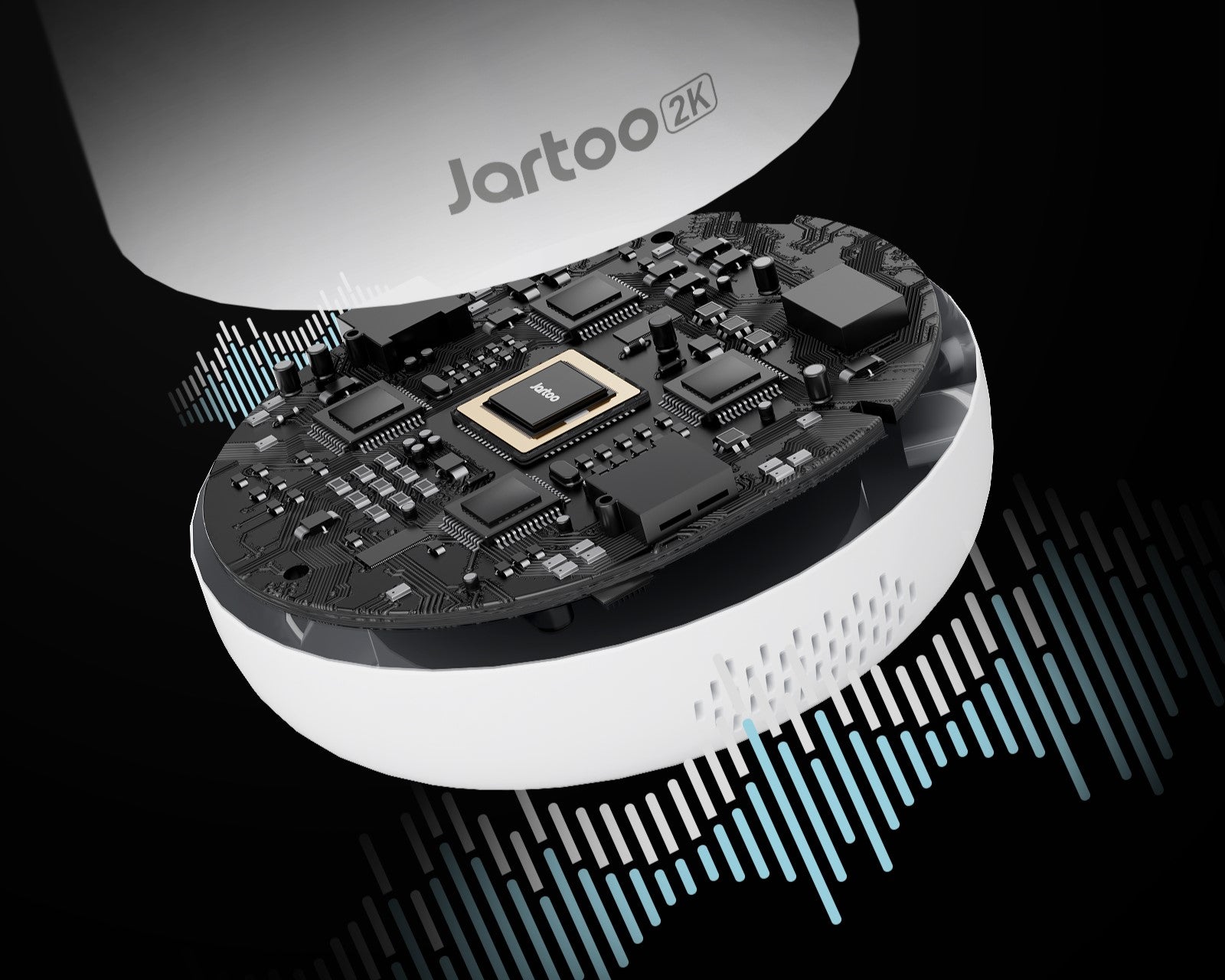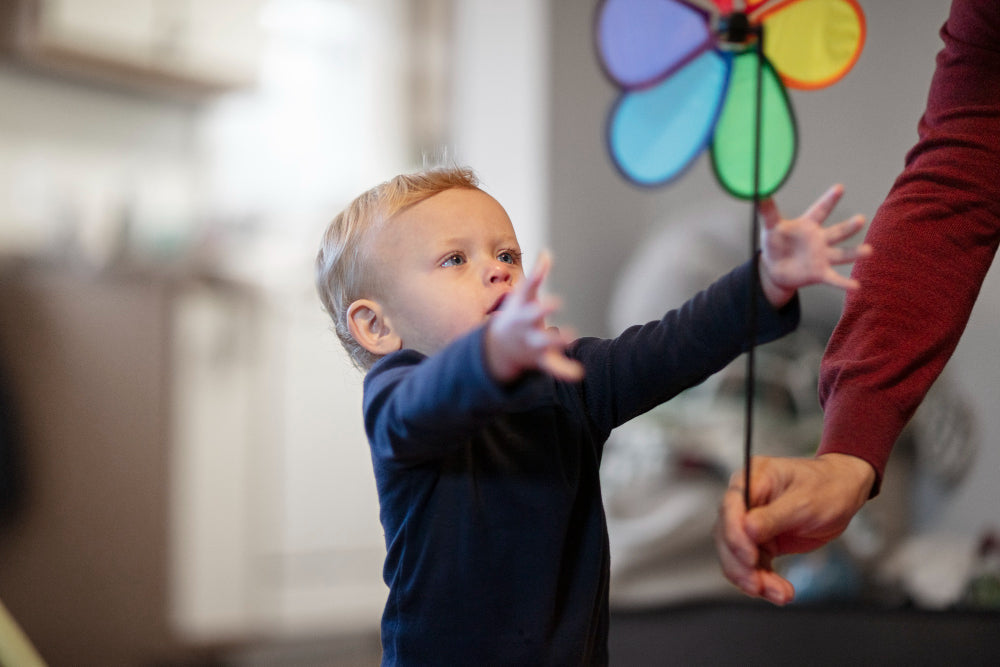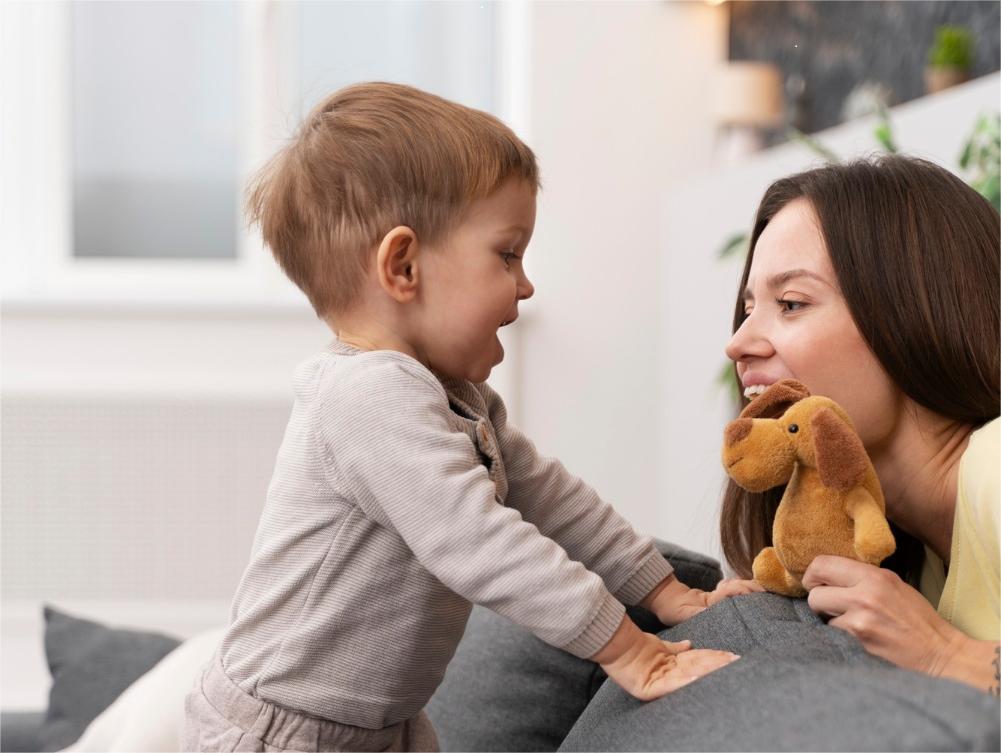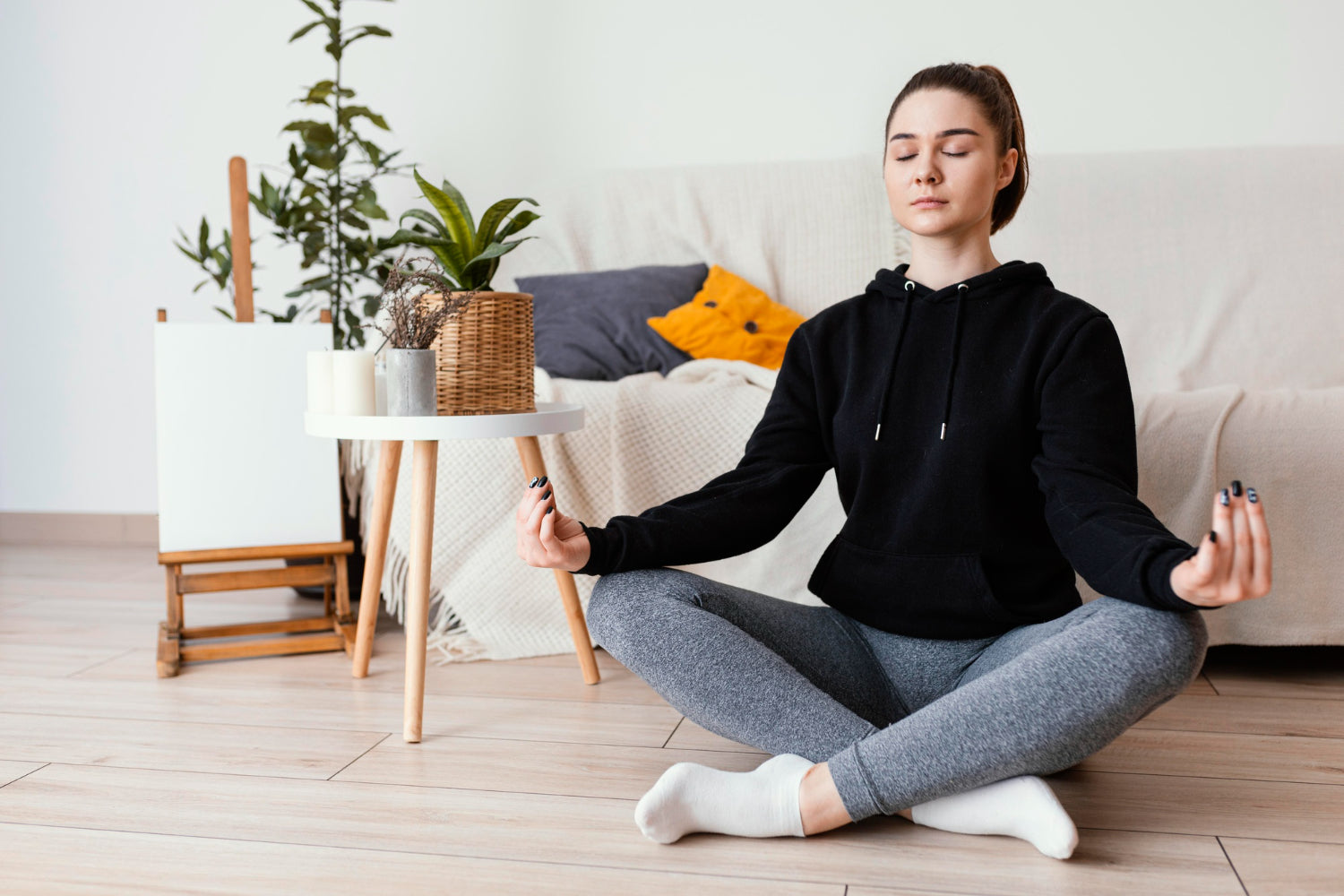Do Families Living in Apartments and Houses Have Different Needs for Monitors?
Apartments: Smaller Space, Higher Interference
Houses: Larger Layout, Longer Range
Video Needs Shift with Distance

Connection Type Follows Living Setup
Do You Need Mobile App Access?
Smart Features: Who Uses Them More?
Privacy Concerns Vary with Proximity
Portability and Space Limitations
Budget Priorities Can Be Different Too

Final Thought: Choose Based on Where You Live
Trending Articles

Title

Title

Title

Title

Title

Title

Title

Title

Title

Title

Title

Title